This banned children’s book author’s favorite challenged books for kids
Book Talk With: Banned Children’s Book Author, Todd Parr
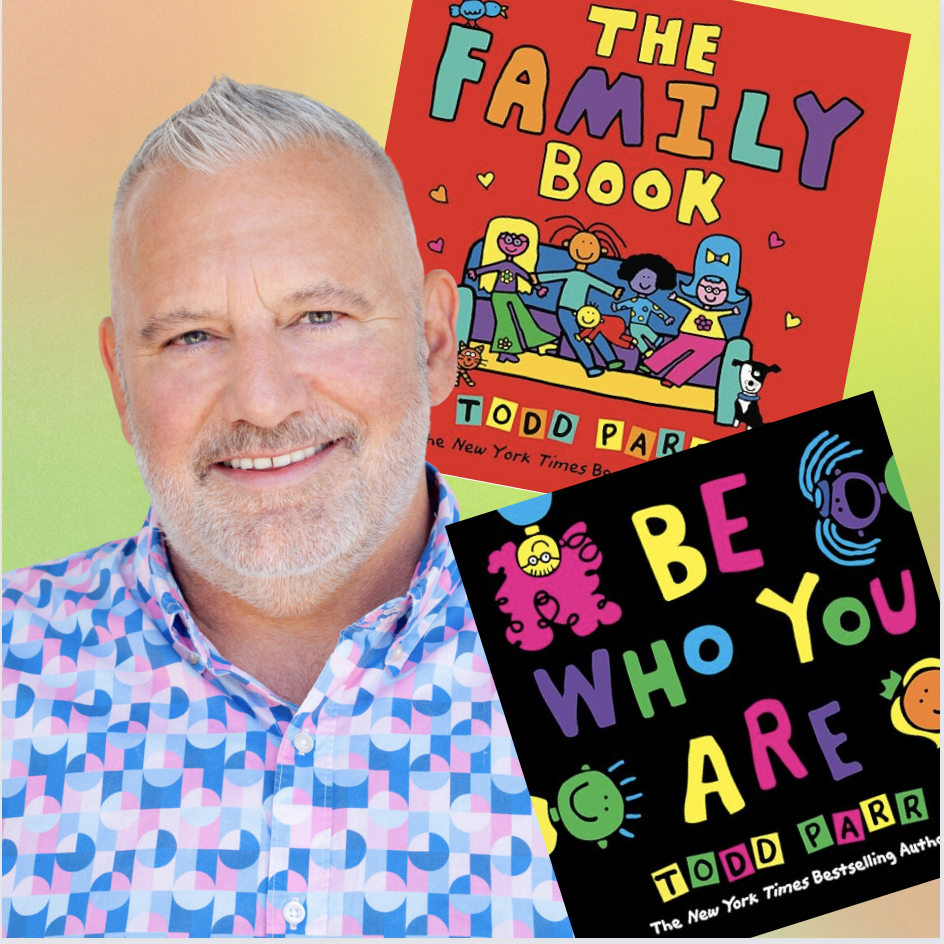
“Some families have two moms or two dads.” This was the sentence that got Todd Parr’s “The Family Book” (2003) banned from an Erie, Illinois, school district in 2012 and on the American Library Association’s Top 100 Most Banned and Challenged Books list for 2010-19. The colorful, endearing and, above all, accurate picture book for children is about all the different dynamics that can exist within families — some are big, some are small, some look alike and others may not. Whatever the familial situation may be, the story maintains that there is always the capacity for love, the integral component that makes family family.
When Parr, author and illustrator of over 40 children’s books, began his prolific literary career, he had no intention of making waves among conservative groups bent on censorship. Instead, he thought it could be an opportunity to impart a kind of message to kids that he desperately needed when he was a child himself.
In honor of Banned Books Week, I had the opportunity to speak with Parr about what it means to have authored one of the most challenged children’s books, as well as the urgency of his message and why it needs to persist in spite of any pushback.
This interview has been edited for clarity and length.
What drew you to writing children’s books specifically, and what are the themes that your books typically center around?
When I was presented with the idea of writing children’s books and asked what I would write about, I said it would be about empowering kids to feel good about themselves written by somebody who really didn’t like themselves and was so lost, and struggled with so many things, including my own family situation.
“The Family Book” has become one of the most banned pieces of literature, despite featuring factual and heartwarming content. What does that mean to you personally?
Well, I wouldn’t change a single thing about that book. So if it’s banned, it’s banned, but I do think that’s unfortunate because my message is universal. It’s about inclusion, acceptance, building confidence and making kids into better human beings. That’s the only agenda. But what’s more powerful is that those kids that have families with two moms or two dads, they see themselves in a book with all these other families. It’s important that those families feel stronger about who they are, regardless of whether or not anyone agrees with that. And I believe that that book finds every house and every kind of family it needs to, and I’m proud of that.
What kind of risks do you think that we face as a society when we begin to ban books, thereby censoring the experiences of others, especially when it comes to the formative experiences of children?
Well, the damage is collateral damage done to children. If they continue to move on in a sheltered life and then as they get older and become exposed to these differences, then they seem threatening, because they hadn’t ever been taught that it’s normal. Every child should be exposed to different cultures and families and get out in the world and see all the differences that are out there, because it’s not scary. I try to look at my books as a journey, like I’m taking you on my travels around the world, and kind of expose you to these simplistic things that are everywhere. I think hate starts very early on. You learn it at home, you hear it at home, you carry it, you don’t even know what you’re saying, but you’re saying hateful things and then it just trickles down.
How do you continue to move forward with your message in the face of any kind of pushback?
I know I can’t change the world, but I know I can make little differences all the time in very simple and, in some cases, silly ways that keep kids’ attention. So that is the driving thing. I often look back and feel like this was probably my destiny, even though I didn’t know it and never sought it. I’m writing books to help make a difference for other kids that struggle just like me.
Order “The Family Book” from Amazon | Shop All of Parr’s books at Amazon
All Booked Up: Todd Parr’s Favorite Challenged Books For Kids
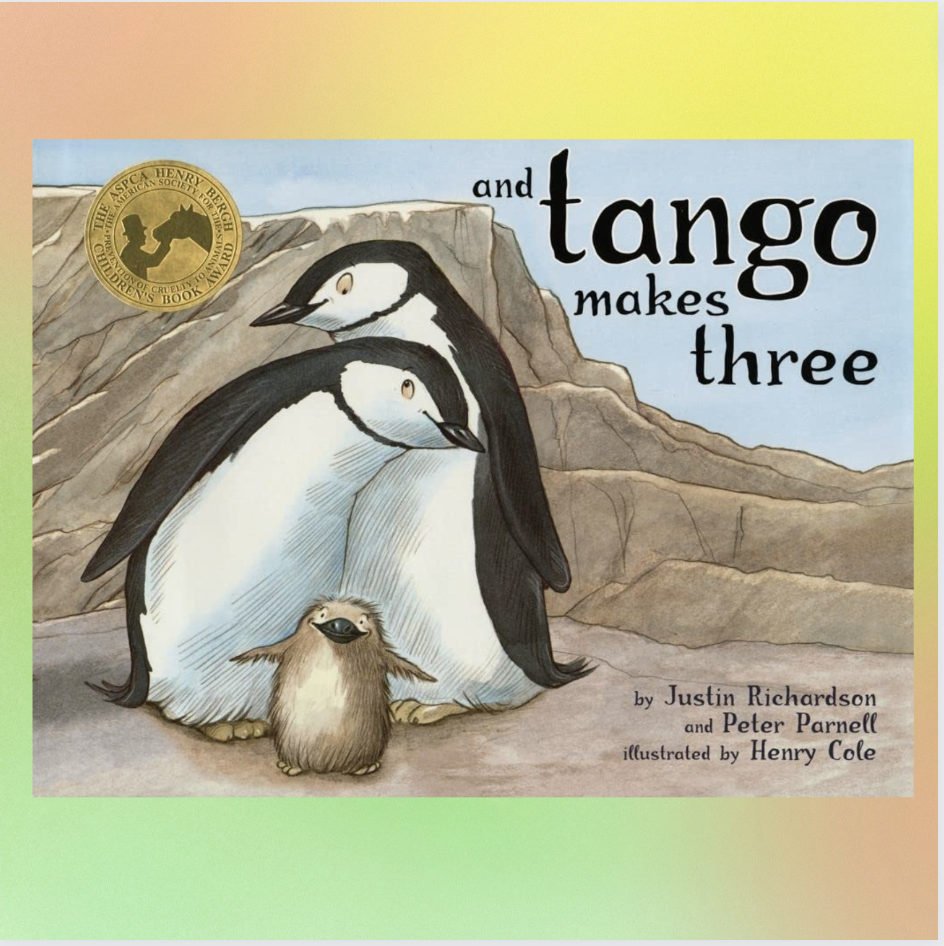
And Tango Makes Three by Justin Richardson
Justin Richardson’s children’s book “And Tango Makes Three” tells the heartwarming and true story of two male penguins, Roy and Silo, who raised an orphaned chick together at the Central Park Zoo. The picture book was published in 2005, and despite its truthful and real-life origins, it has been challenged for years by various ultraconservative groups that have vocally argued the story is “unsuitable for young children” because of the “homosexual overtones.” Sweetly illustrated in soft watercolors, this uplifting story features themes of family and love, as young readers follow the two dedicated and enthusiastic fathers who do a great job of hatching their funny and adorable daughter, Tango.
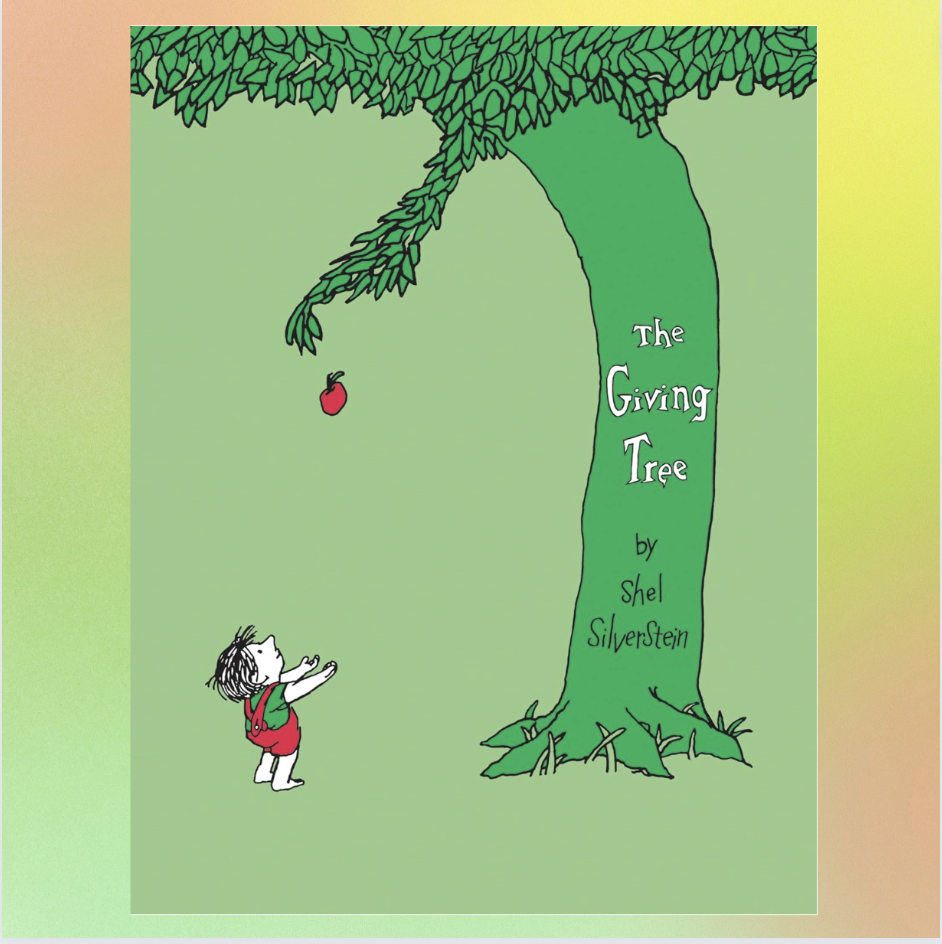
The Giving Tree by Shel Silverstein
In Shel Seilverstein’s long-adored “The Giving Tree,” a young boy befriends a tree. But it’s not just any tree. It’s a tree that loves the boy very much and gives everything to him. But sadly, the boy continues to take from the tree as he grows into adulthood, and eventually there isn’t anything left to be given, suggesting certain themes and lessons around sacrifice, greed, capitalism and even the concept of a mother’s love. Speaking with The New York Times Book Review in 1978, Silverstein admitted he wasn’t fond of happy endings in children’s books, which might explain why his arguably most famous work is so ambiguous in meaning. But to Silverstein, the book is simply “a relationship between two people; one gives and the other takes.” It was banned by a Colorado library in 1988 over the unexpected complaint that the book was “sexist,” with the boy supposedly being depicted as a selfish misogynist.
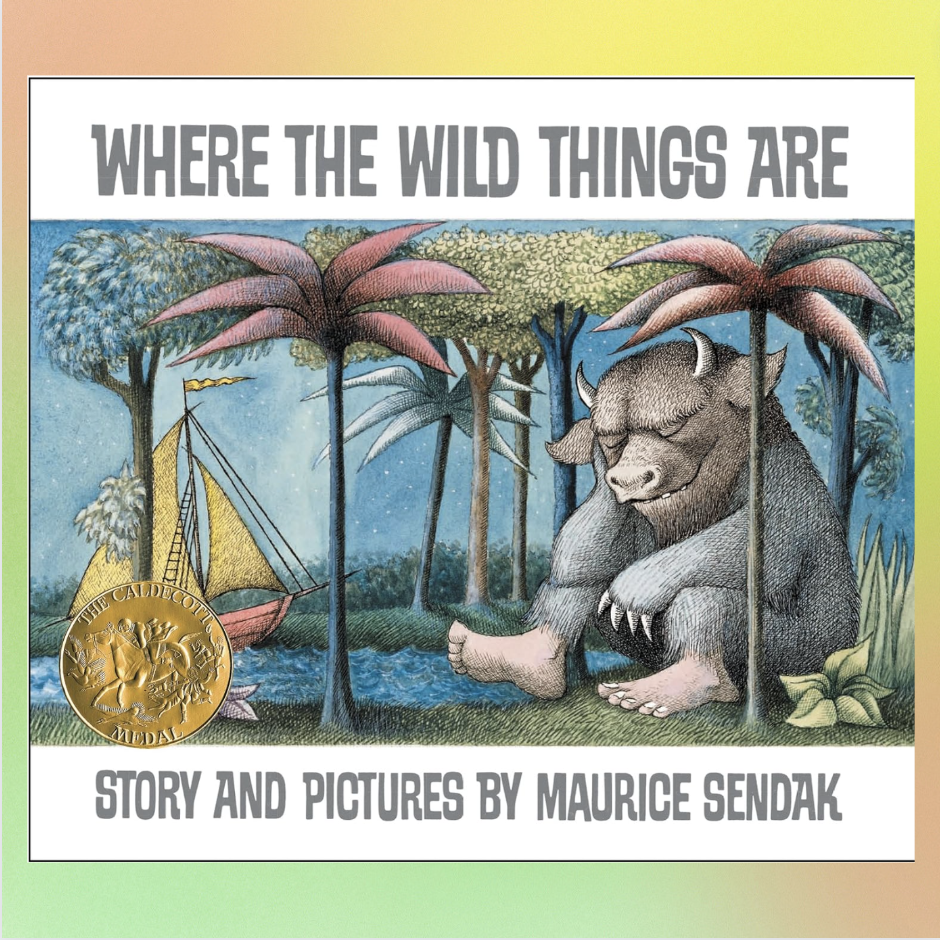
Where the Wild Things Are by Maurice Sendak
What better book to sum up all the rage and angst of a child digesting his own world and turning it into creative whimsy than Maurice Sendak’s “Where the Wild Things Are”? This classic illustrated tale about a petulant child named Max who retreats into his own imagination to join the other “wild things” almost wasn’t made. In fact, it took several years for Sendak to convince publisher Harper & Row to sell the book. In the story, Max is sent to bed without supper and threatens his mother while donning a crown and furry monster costume, only to find himself transported into a world much more ungoverned and wild than his own. Since its publication in 1963, it’s been challenged primarily in Southern U.S. libraries for concerns over its themes of rebellion.
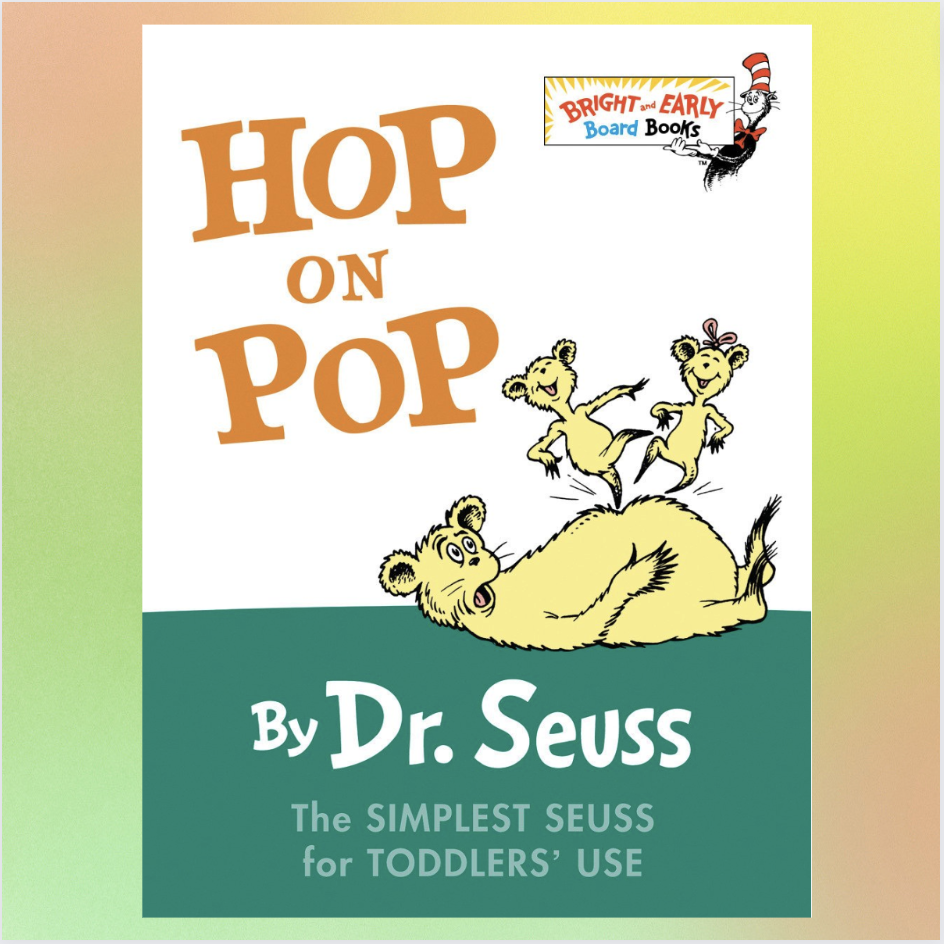
Hop on Pop by Dr. Seuss
Written by Dr. Seuss, the exceptionally prominent late author and illustrator with a continually challenged reputation, “Hop on Pop” is the 1963 children’s rhyming book that made it on Parr’s list of favorite banned books for kids. Filled with several short poems and featuring a variety of colorful characters, this early-reader book was formerly deemed inappropriate for allegedly inciting violence against fathers and was routinely requested for removal from public libraries, particularly at the Toronto Public Library in Canada. After reviewing the complaint, the library decided to keep the “humorous and well-loved children’s book designed to engage children while teaching them reading skills,” also adding that within the pages of this book, “children are actually told not to hop on pop.”
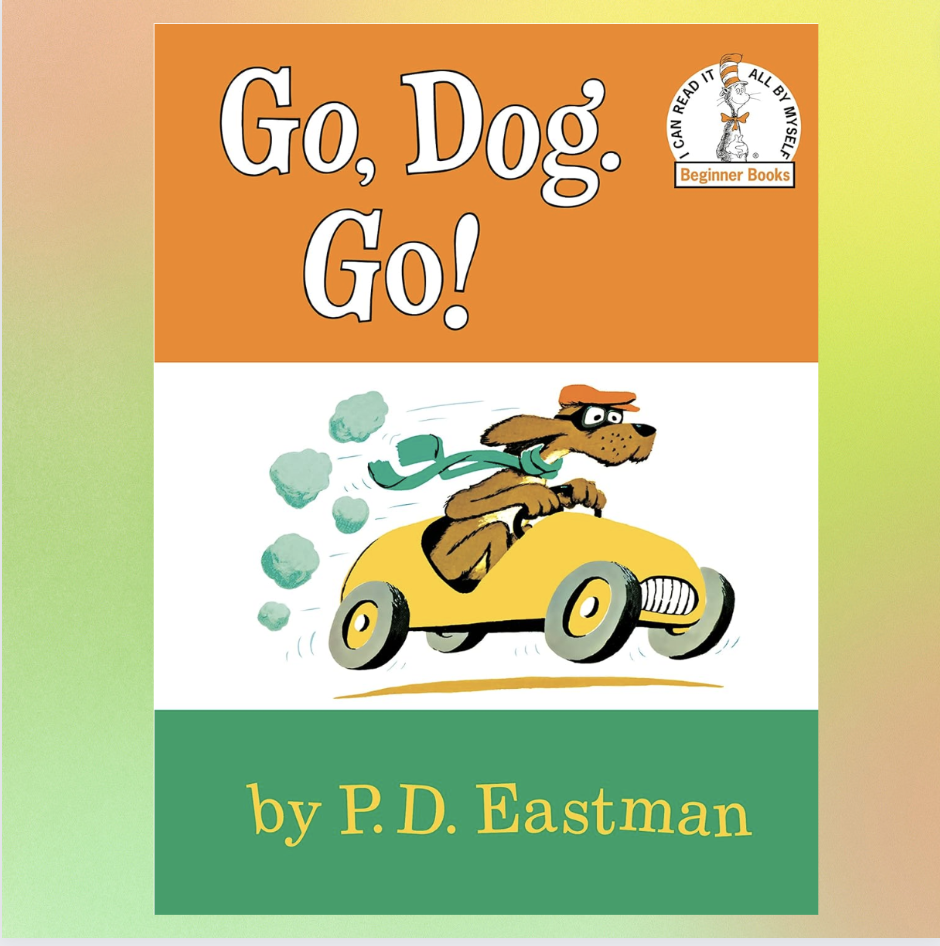
Go Dog Go by P.D. Eastman
Written by P.D. Eastman and edited by none other than his mentor and colleague Theodor Geisel (pen name Dr. Seuss), “Go, Dog. Go!” is one of the more widely purchased and read beginner books for children all over the world. It’s a delightful and brightly illustrated book about dogs on various adventures, from playing baseball and driving cars to an occasional bitey exchange between two dogs and their opinions regarding hats. Although “Go, Dog. Go!” has never been banned or widely challenged, it is a favorite of Parr’s. Eastman’s other famed children’s book “Are You My Mother?” was recently flagged for removal by a small conservative group in Kentucky.
